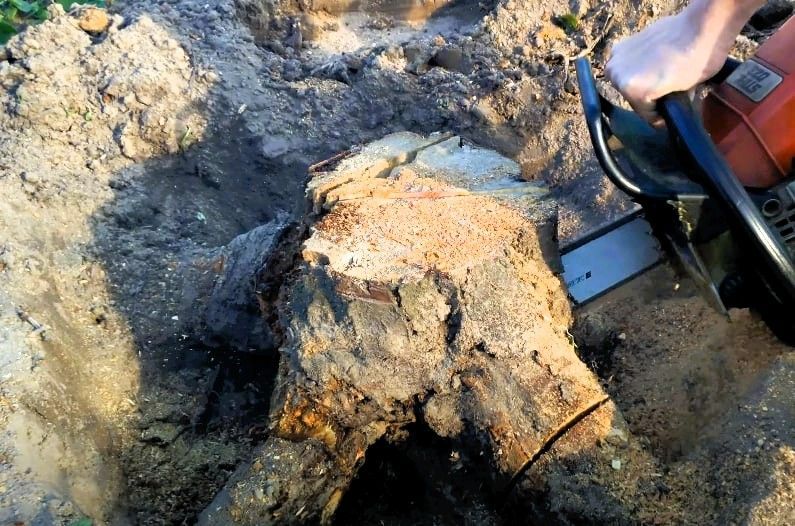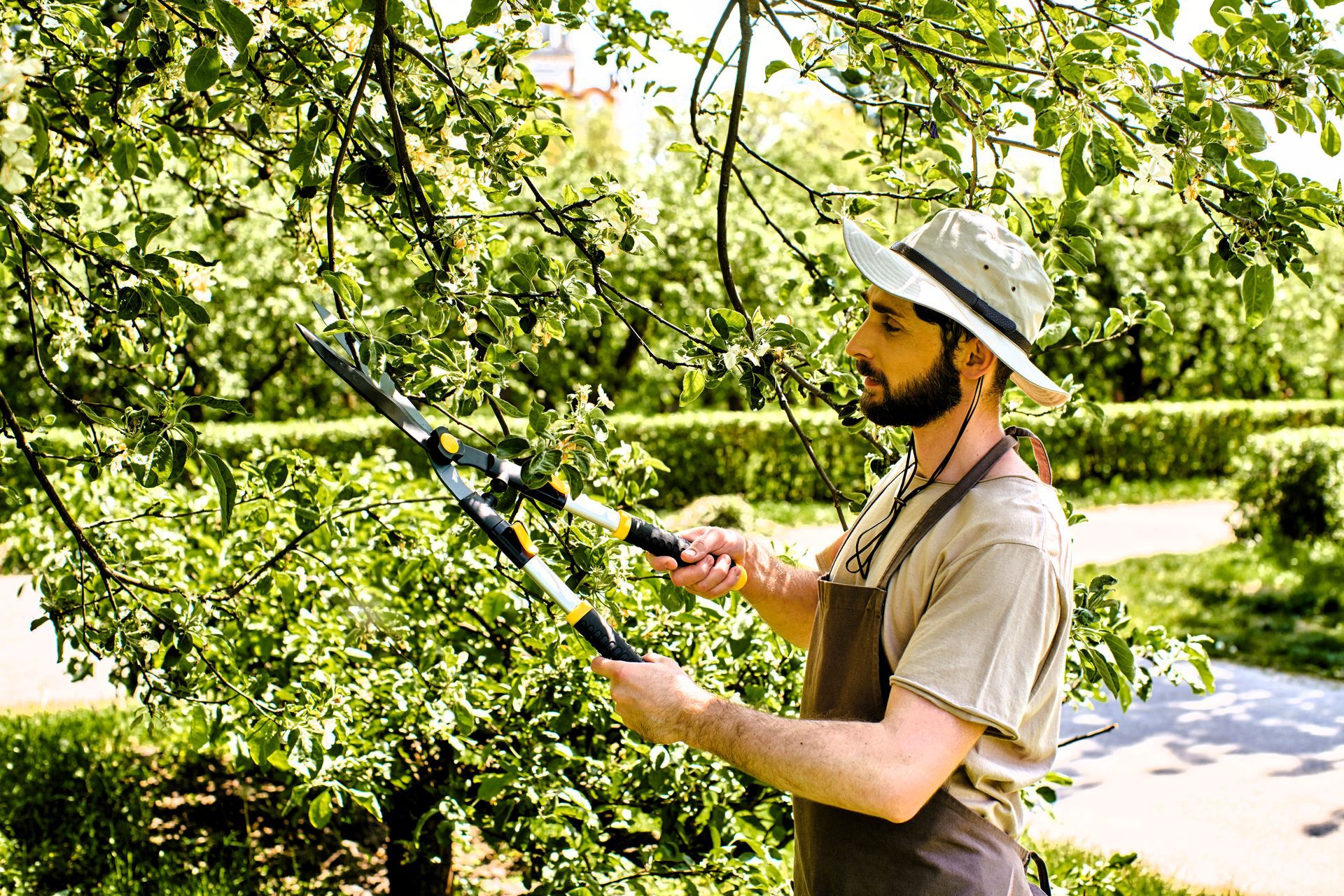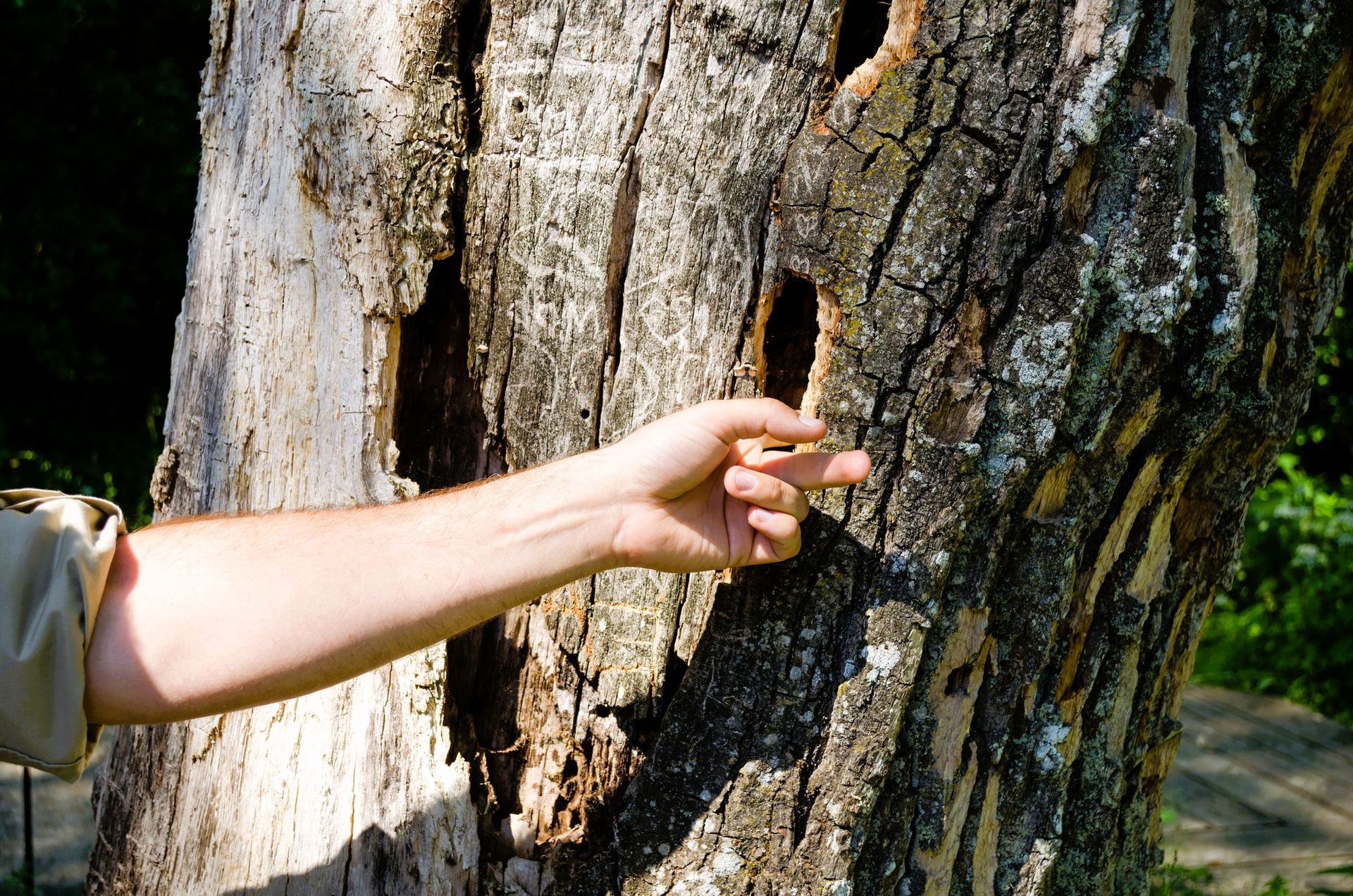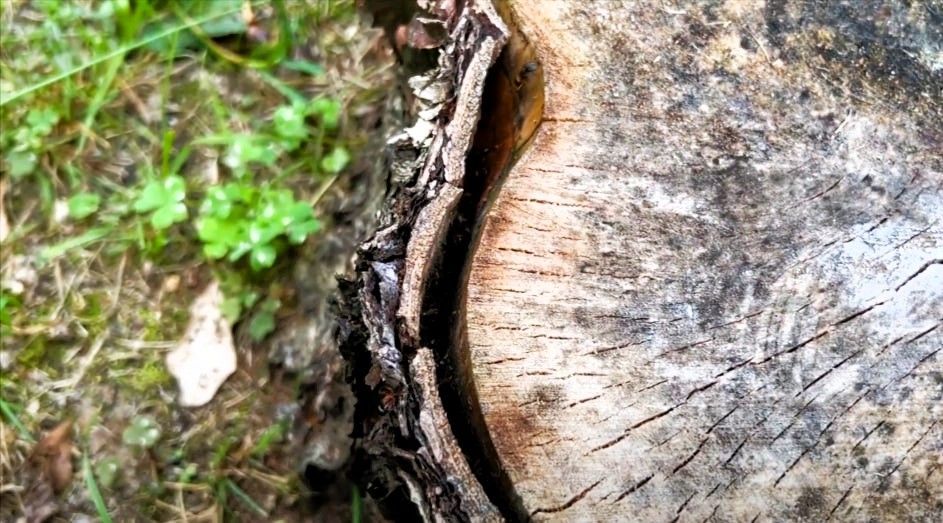What Happens to Tree Roots Once a Tree Is Cut Down?
Do tree roots die after a tree is cut down? here's what you need to know

You’ve just had that old tree in your backyard cut down. The branches are off, the stump is removed, and your lawn looks better already. But here’s the kicker — the tree over there is gone, but what about the roots beneath the surface? You might be wondering, "What happens to those roots now?" Many people believe that taking down the tree means the roots disappear as well. Understanding what happens beneath the surface is essential for homeowners and gardeners like you to avoid unexpected problems with those lingering roots.
The Essential Function of Tree Roots Prior to Extraction
Tree roots play a vital role in maintaining stability, absorbing water and nutrients, and storing energy for growth and development. It's not uncommon for the root system to be larger and more extensive than expected, spreading widely and growing deep, sometimes beyond the tree's canopy. While crucial for a healthy tree, roots can also pose challenges as they can damage structures, obstruct pathways, or compete for resources with nearby plants or grass. Once a tree is cut down, it's important to understand how these roots behave and what options are available to manage them.
What Happens to Tree Roots When They're Removed?
When a tree is felled, the roots don't simply vanish. Even after the tree is cut down, the roots remain in the ground. While they lose the ability to photosynthesize due to the absence of leaves, some tree species may continue to produce shoots as the roots attempt to reproduce. These shoots can lead to unwanted trees or vegetation sprouting in your yard. However, this behavior is not universal for all tree types.
Tree Root Decomposition Over Time
If shoots do not germinate, the roots will slowly begin to decay. However, decomposition is not an instantaneous process and can take years or even decades, depending on the species and size of the roots. Hardwood trees generally take longer to decompose compared to softwoods. On the upside, decomposing roots eventually release nutrients back into the soil, benefiting surrounding plants and contributing to a healthy garden. Nevertheless, it is not always advisable to leave roots in your yard if they pose safety risks or interfere with other projects.
What to Do With Tree Roots Once Removed?
After removing a tree, you might be wondering about the best course of action for the roots that are left behind. Here are some options to consider:
- Leave the Roots Alone: If the roots are not causing any issues, you can choose to leave them to naturally decompose. Mulching can aid in the decomposition process, enriching the soil and minimizing the risk of tripping or damaging the landscape. Allowing the roots to decompose is the simplest solution.
- Cut the Sprouts: If the roots are producing shoots or saplings, you can cut them back and take measures to prevent regrowth. However, it's important to note that this option can become costly if the sprouts continue to grow.
- Remove the Roots: There may be instances where you need to remove the roots, such as when you plan to replant, construct a building, or prevent pest issues. This process is typically more time-consuming and may require the expertise of a tree surgeon or specialized machinery.
- Kill the Roots: Using herbicides to kill the roots is a quick solution, but it can have adverse effects on the surrounding environment, including the soil and other plants in your yard. Even with the use of herbicides, dead roots will still need to be physically removed.
The Benefits of Stump Grinding
Stump grinding is one of the most effective methods for managing tree roots. When you opt for stump grinding, the process removes the remaining stump along with some of the roots beneath the soil surface. Grinding not only prevents regrowth but also frees up the land for other purposes, such as replanting, landscaping, or construction. With the bulk of the roots and stump removed, you gain the freedom to upgrade your outdoor space. Additionally, stump grinding is generally more cost-effective than removing the entire root system.
Should You Handle the Roots Yourself or Hire a Professional?
While it may be tempting to tackle root management yourself, tree roots can present complex challenges beyond simple removal. Factors such as gnarled roots, regrowth control, and extensive removal may require professional expertise. By enlisting the services of a reputable tree removal company like Kanata Tree Service Masters, you can ensure that the job will be promptly and appropriately handled. With the right equipment and experienced professionals, stubborn root systems can be effectively removed, and stumps can be ground to create a cleaner, safer, and more functional yard.
Reclaim Your Outdoor Space Today
Knowing where tree roots go when a tree has been cut down is important to the care and protection of your lawn. Whether you leave them to decompose on their own, cut them down for space, or grind stumps for a hassle-free option, dealing with dead roots is an essential component of tree care.
Do you not want to juggle the guesswork? Kanata Tree Service Masters offer professional tree removal, stump grinding and root management services. We want to make reclaiming your outdoor space easy.
Contact us today!
You might also like
Kanata Tree Blog
Book a Service Today
We will get back to you as soon as possible
Please try again later
Kanata Tree Service Masters
Ottawa, Ontario Canada
We are your trusted partner for every kind of tree-related issue you can imagine
© 2023 All Rights Reserved Kanata Tree Service Masters Disclaimer: This site is a free service to assist homeowners in connecting with local service contractors. All contractors are independent and this site does not warrant or guarantee any work performed. It is the responsibility of the homeowner to verify that the hired contractor furnishes the necessary license and insurance required for the work being performed. All persons depicted in a photo or video are actors or models and not contractors listed on this site.


